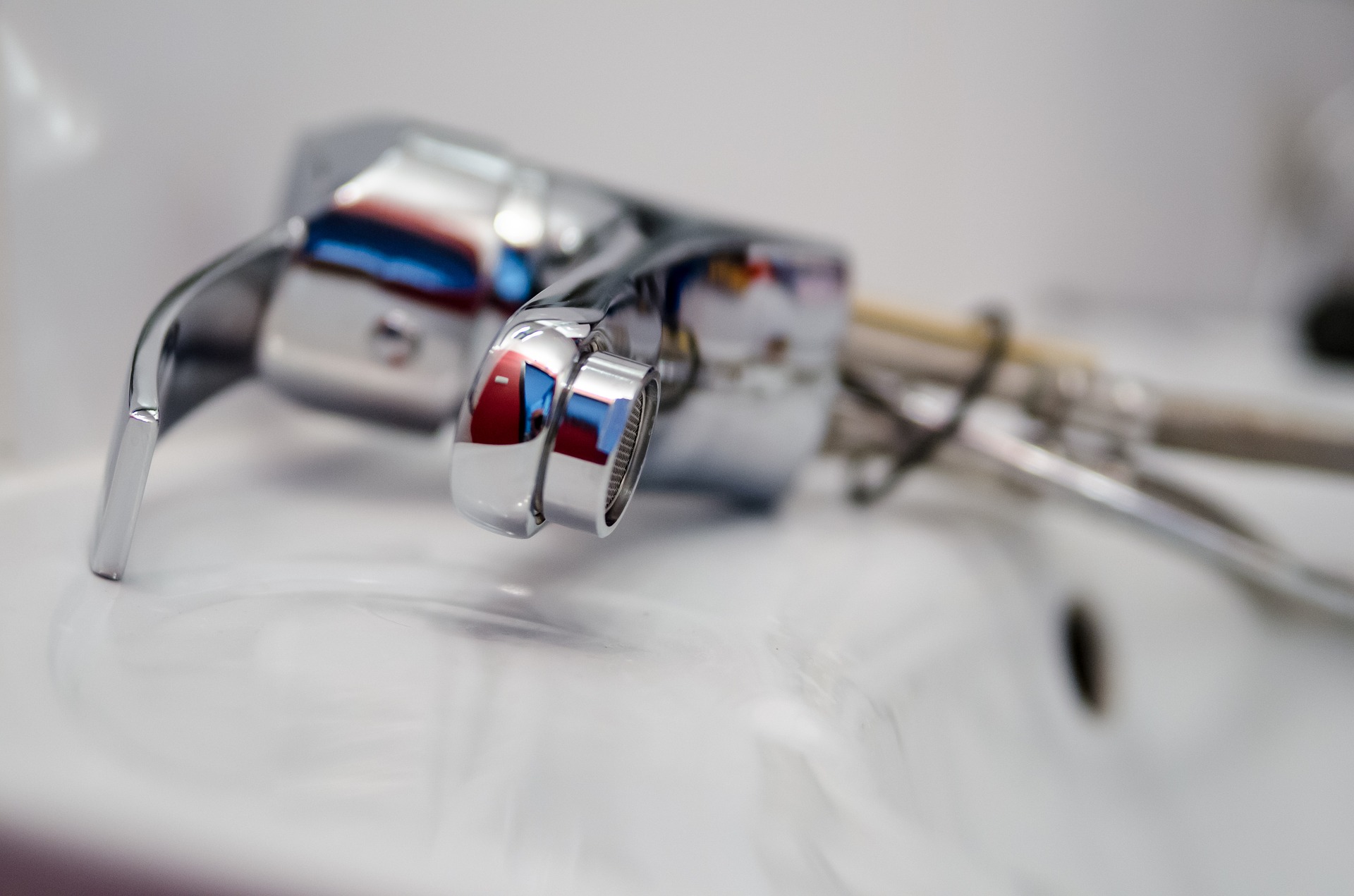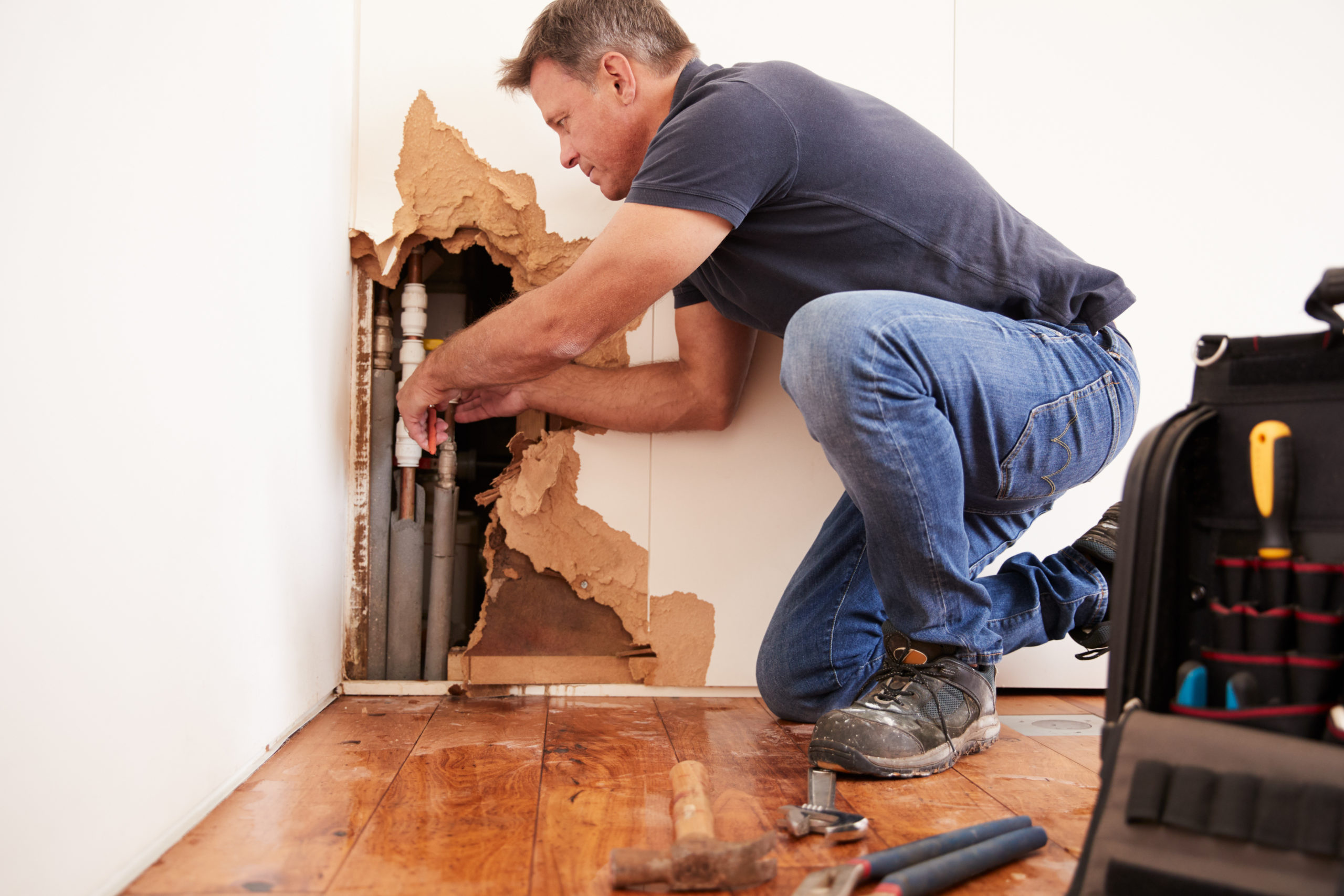Mastering the Core Concepts of Home Plumbing: A Beginner's Introduction
Mastering the Core Concepts of Home Plumbing: A Beginner's Introduction
Blog Article
Were you trying to find information and facts on How Does the Plumbing Work in Your Home??

Plumbing is a necessary facet of any type of home, responsible for supplying clean water for drinking, food preparation, and showering, as well as eliminating wastewater safely. Understanding the essentials of home plumbing is important for every single homeowner to make certain appropriate upkeep, troubleshooting, and, if essential, fixings. In this newbie's guide, we'll cover the essential concepts of home plumbing to aid you end up being much more acquainted with how it functions.
Water Heater
The water heating system is accountable for home heating water for residential use, consisting of bathing, food preparation, and cleaning. Common types of water heaters consist of tank-type hot water heater, tankless (on-demand) hot water heater, and heat pump hot water heater. The water heater is linked to the water system and provides warm water to plumbing fixtures as needed.
Water drainage System
The drainage system removes wastewater from your home and brings it away to a sewer therapy facility or septic tank. It consists of a network of pipes, fittings, and components that transfer wastewater from plumbing components to the main drain line or septic system. Appropriate drain is essential to stop clogs, back-ups, and sewer leaks.
Air flow System
The ventilation system assists preserve appropriate air pressure and stop drain gases from entering your home. Vent pipelines, also referred to as air vent stacks, prolong from plumbing components to the roofing system, permitting sewage system gases to run away safely outside. Air flow pipes likewise enable air to enter the water drainage system, facilitating smooth wastewater circulation and protecting against suction or vacuum cleaner effects.
Water Supply System
The water system brings clean water right into your home from a municipal water source or a personal well. It contains a major water line that attaches to your home's plumbing system, normally located underground. A water meter determines the quantity of water taken in, while a shut-off shutoff enables you to regulate the circulation of water into your home.
Plumbing Fixtures
Plumbing fixtures are tools that provide water to various parts of your home and consist of sinks, faucets, toilets, showers, bath tubs, and home appliances such as dishwashing machines and washing equipments. Each component is connected to the water supply system by means of pipes and installations and may have its shut-off shutoff for maintenance or emergencies.
Usual Plumbing Tools
Having the right devices available is vital for carrying out standard plumbing repair services and maintenance jobs. Typical plumbing devices include flexible wrenches, pipe wrenches, pliers, pipeline cutters, hacksaws, plungers, augers (or drain serpents), and Teflon tape. Having these devices readily available can assist you take on small plumbing concerns efficiently.
Fundamental Plumbing Repair Services
While some plumbing repair work may need expert support, several typical issues can be attended to with standard DIY techniques. Understanding how to repair a dripping faucet, unblock a drainpipe, replace a toilet flapper, or fix a dripping showerhead can save you money and time on plumbing fixings.
Conclusion
Comprehending the basics of home plumbing is necessary for every single house owner to preserve a secure, useful, and reliable plumbing system. By familiarizing on your own with the water system system, plumbing fixtures, drainage system, ventilation system, typical plumbing tools, and standard repairs, you can confidently attend to minor plumbing issues and ensure your home's plumbing system operates smoothly.
Plumbing for Beginners: A Comprehensive Guide
If you’re a beginner when it comes to plumbing, don’t worry; you’re not alone. Plumbing may seem intimidating, but with the right knowledge and a little practice, you can handle many common plumbing issues on your own. In this comprehensive guide, we will demystify the world of plumbing for beginners, providing you with the basic knowledge and skills needed to tackle common plumbing problems and even take on some DIY plumbing projects.
The Importance of Basic Plumbing Knowledge for Beginners:
First and foremost, basic plumbing knowledge gives you a solid foundation. It helps you grasp the key concepts and terminology that are essential in this field. By learning the basics, you’ll be able to build upon that knowledge and tackle more complex plumbing tasks in the future.
Having a basic understanding of plumbing also enables you to handle common issues that may arise in your home. Picture this: a leaky faucet or a clogged drain. With some basic plumbing knowledge, you’ll have the confidence to troubleshoot and fix these problems on your own. It saves you from unnecessary expenses and the hassle of waiting for a professional to arrive.
As a beginner, learning the basics of plumbing empowers you to take care of your own home. It gives you a sense of independence and self-reliance. You’ll no longer have to rely solely on professionals for every small issue that pops up. Instead, you can handle many tasks yourself, saving time and money in the process.
Remember, everyone starts as a beginner. Embrace the learning process and take small steps to expand your plumbing knowledge. There are plenty of online resources, tutorials, and even local workshops that talk about plumbing for beginners.
Essential Tools for Plumbing for Beginners
As you start your plumbing journey, having the right tools in your toolbox is crucial. Let’s explore some of the must-have tools:
Adjustable Wrench:
This versatile tool is a staple in any plumber’s toolbox. It allows you to tighten or loosen nuts and bolts of various sizes. Make sure to have an adjustable wrench with a comfortable grip.
Pipe Wrench:
A pipe wrench is specifically designed for gripping and turning pipes. It has serrated jaws that provide a strong grip, making it easier to loosen or tighten threaded pipes and fittings.
Plunger:
The plunger is a simple yet effective tool for clearing clogged drains and toilets. It creates suction when you push and pull, helping to dislodge blockages. Keep a good-quality plunger handy for those unexpected clogs.
Pipe Cutter:
When it comes to cutting pipes, a pipe cutter is your go-to tool. It creates clean, precise cuts without damaging the pipe. Look for a pipe cutter that can handle the pipe sizes you’re working with.
Hacksaw:
A hacksaw is useful for cutting through pipes, screws, and other materials. It’s a versatile tool that can handle different cutting tasks. Remember to use a blade suitable for cutting metal.
Tape Measure:
Accurate measurements are crucial in plumbing. A tape measure allows you to measure pipe lengths, distances, and dimensions accurately. Opt for a sturdy tape measure that extends a good length.
Pliers:
Pliers come in handy for various tasks, such as gripping, bending, and cutting. Slip-joint pliers with adjustable jaws are great for gripping pipes, nuts, and bolts.

Hopefully you enjoyed our post on What to Know About Plumbing: Basics, Tips, and Insights. Thank you for spending some time to read through our blog. Sharing is good. Helping others is fun. I recognize the value of your readership.
Learn More Report this page